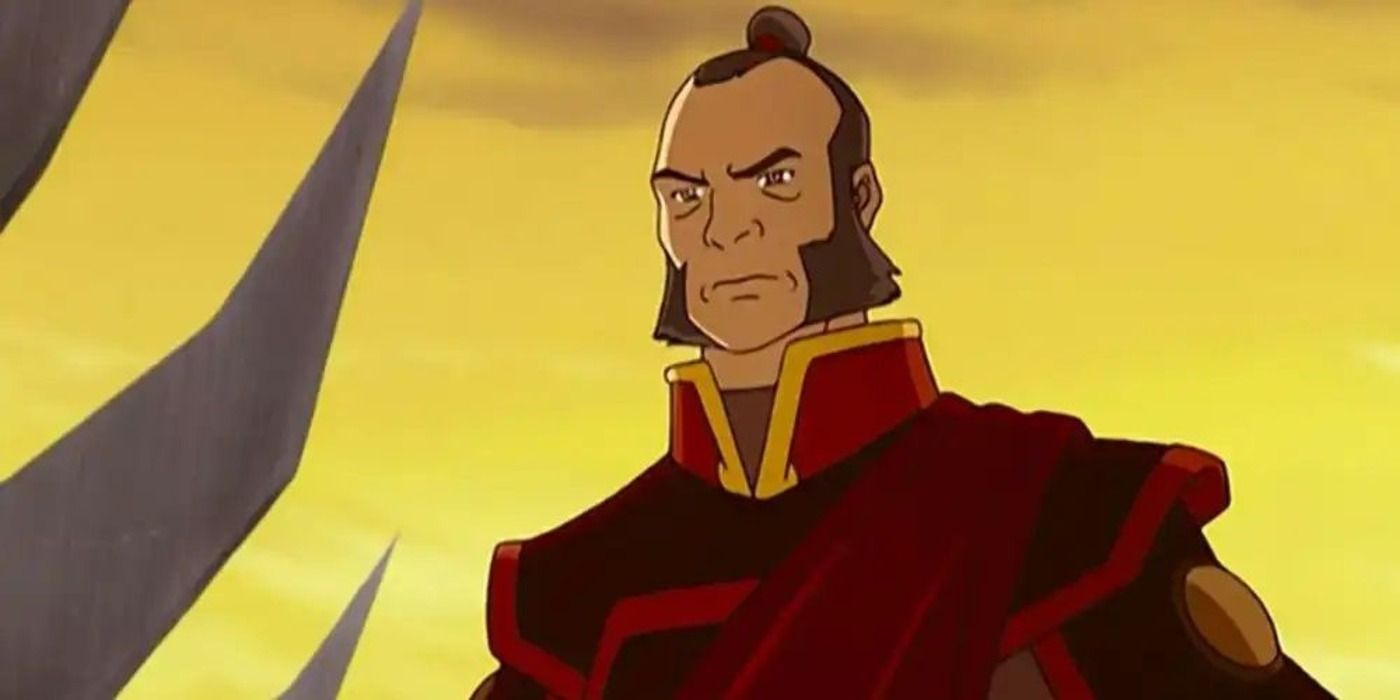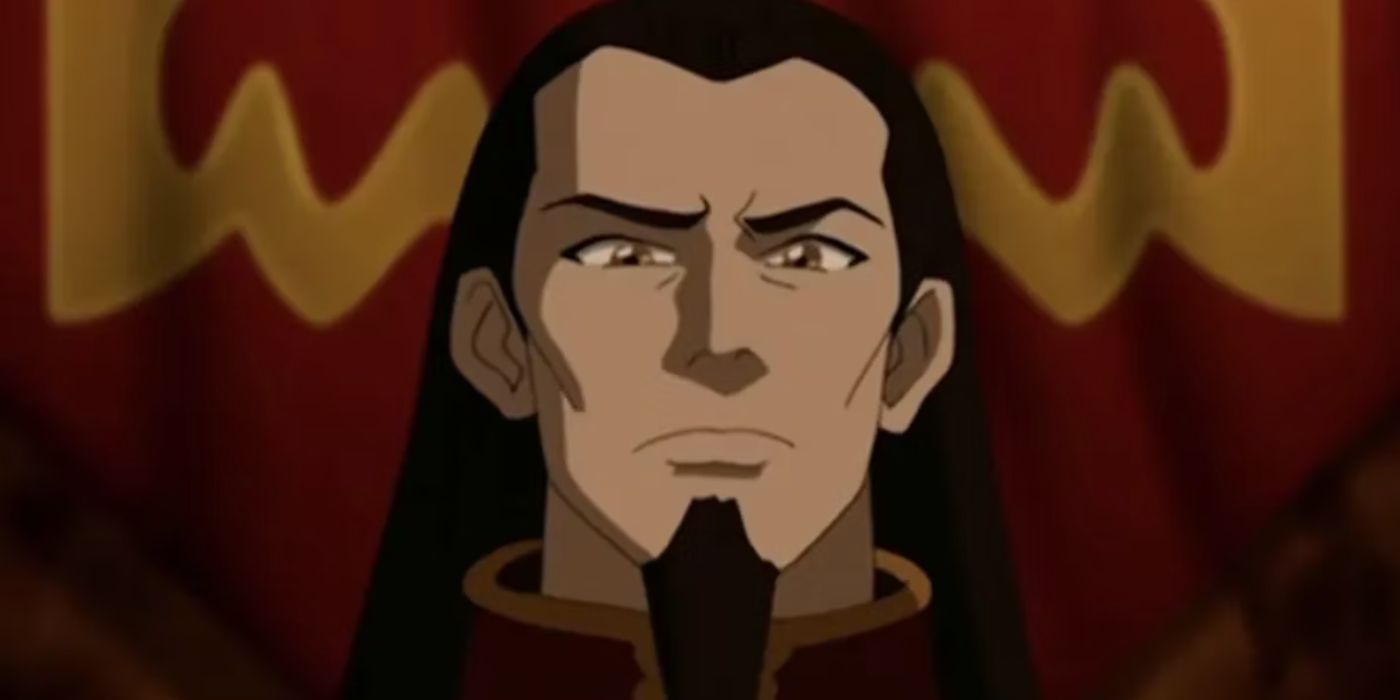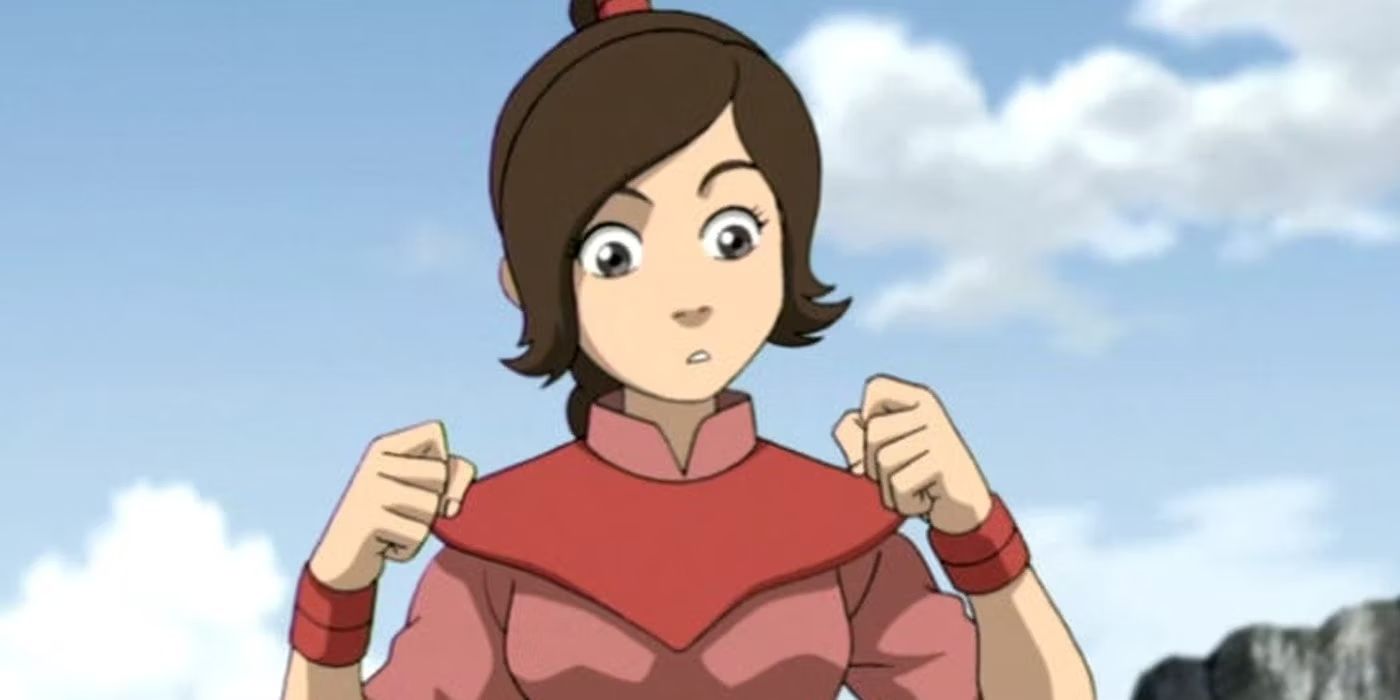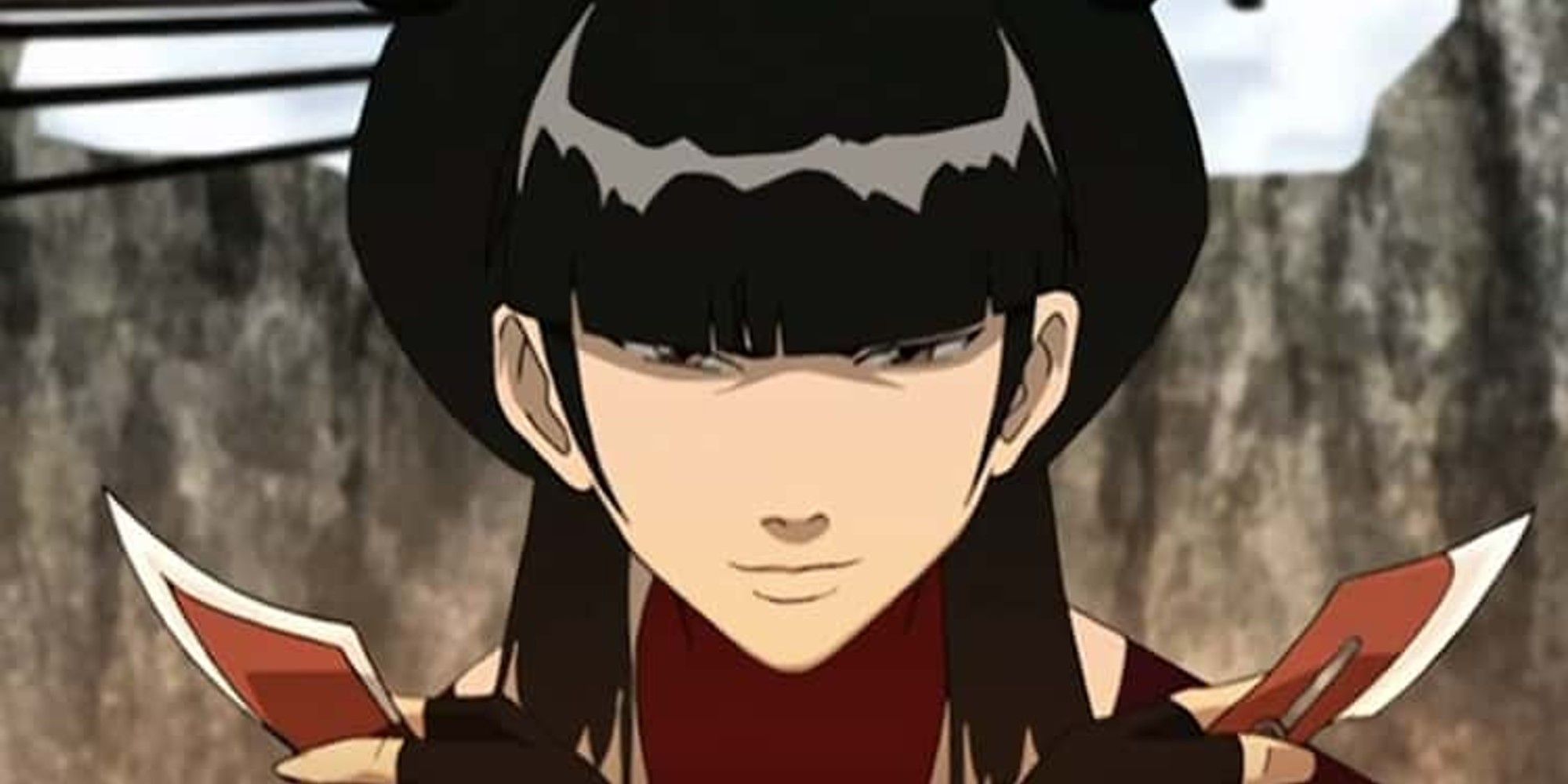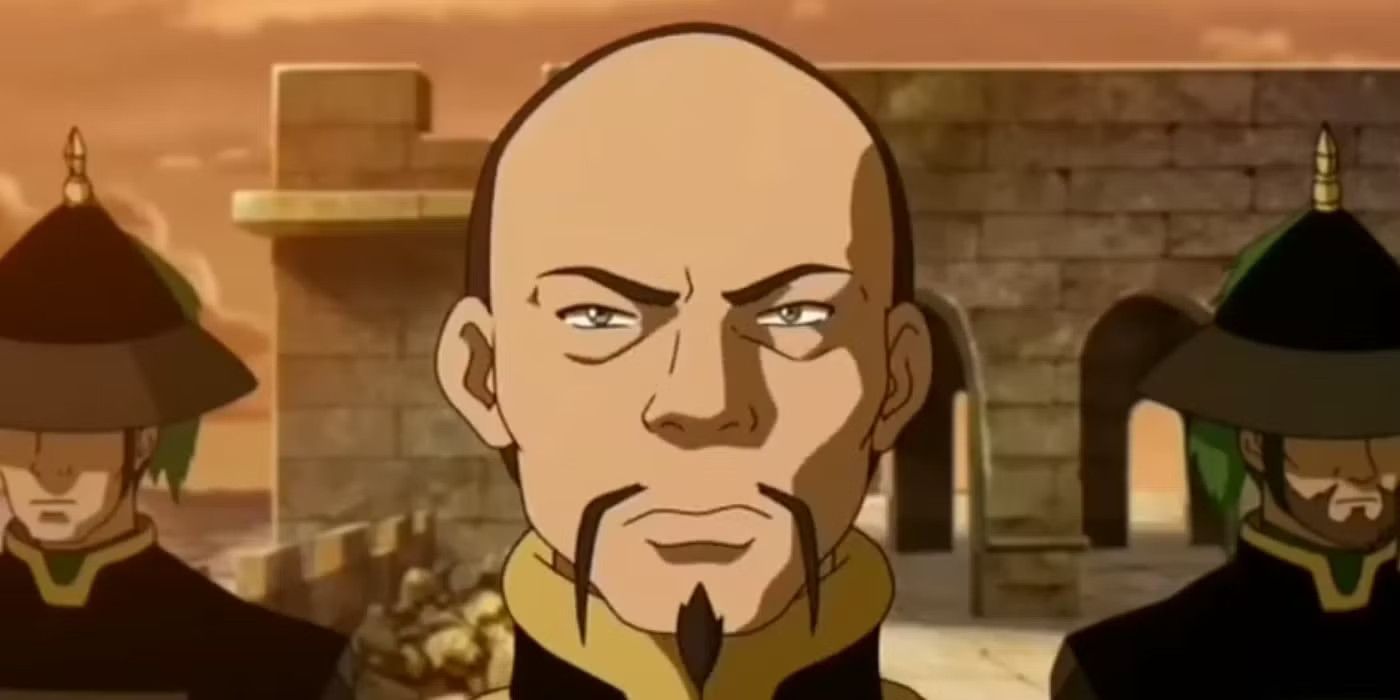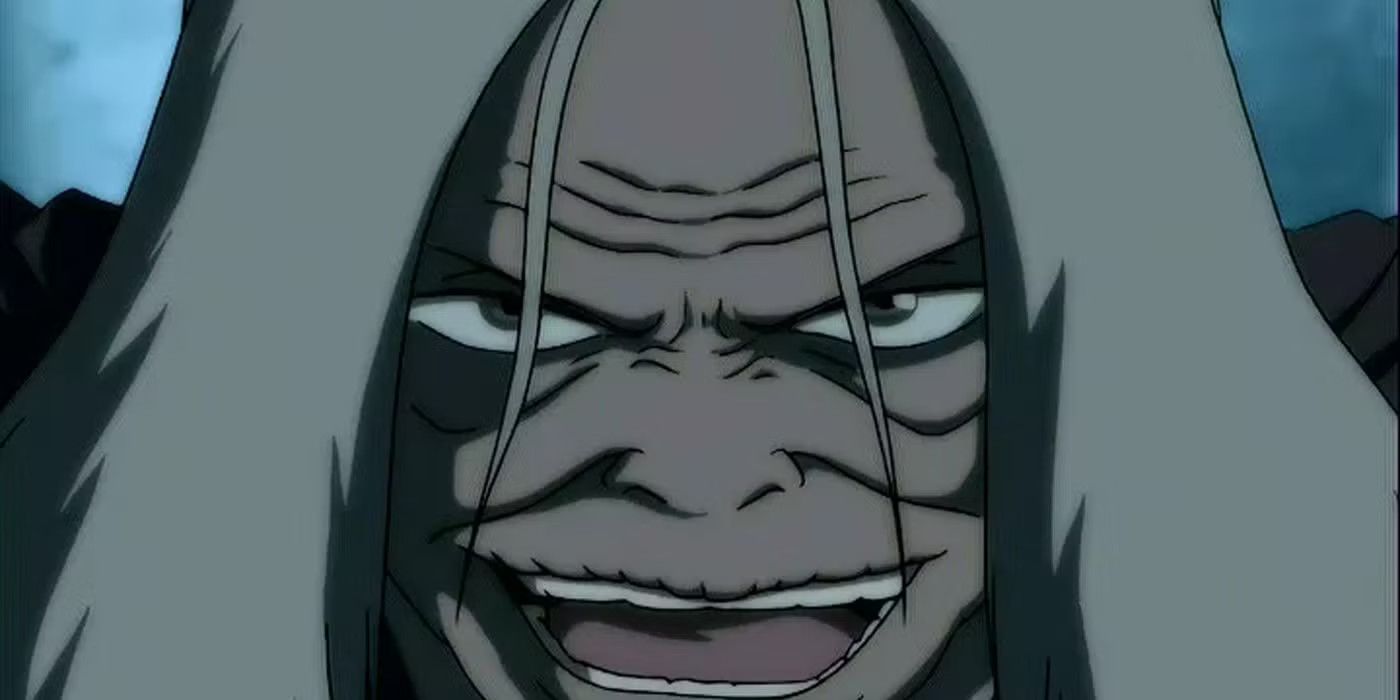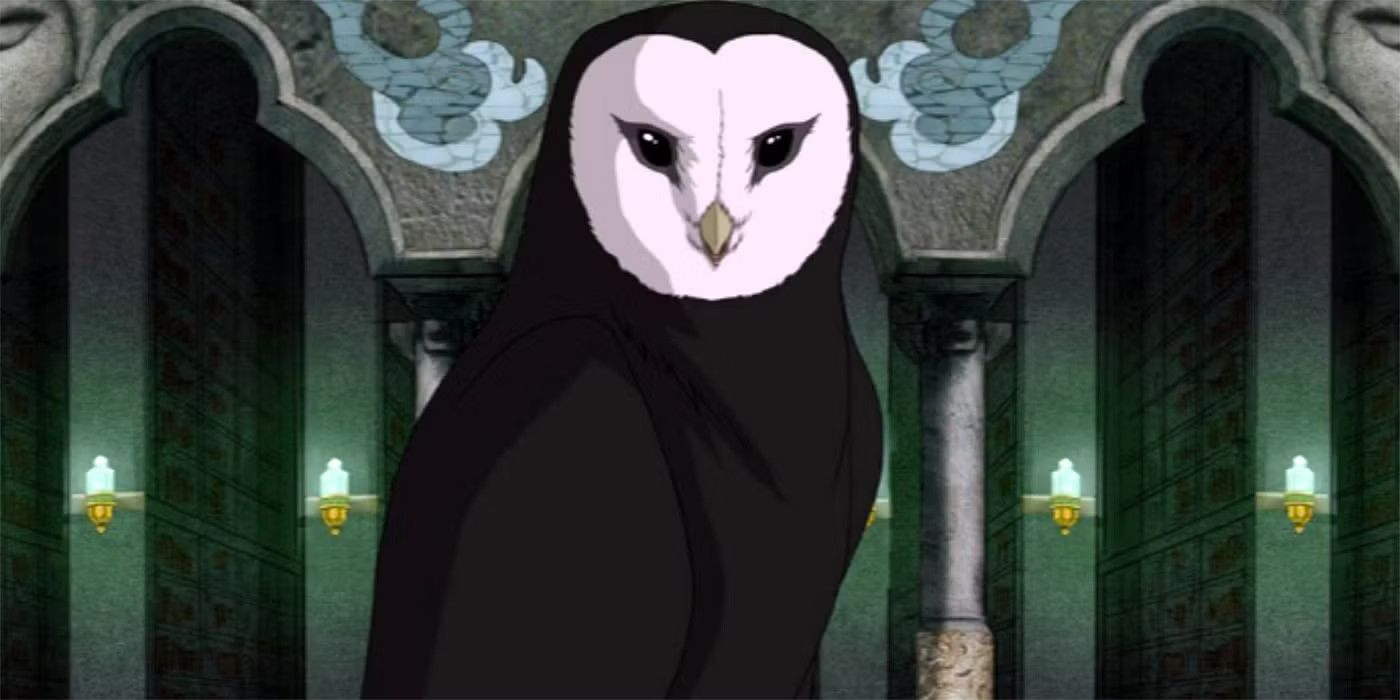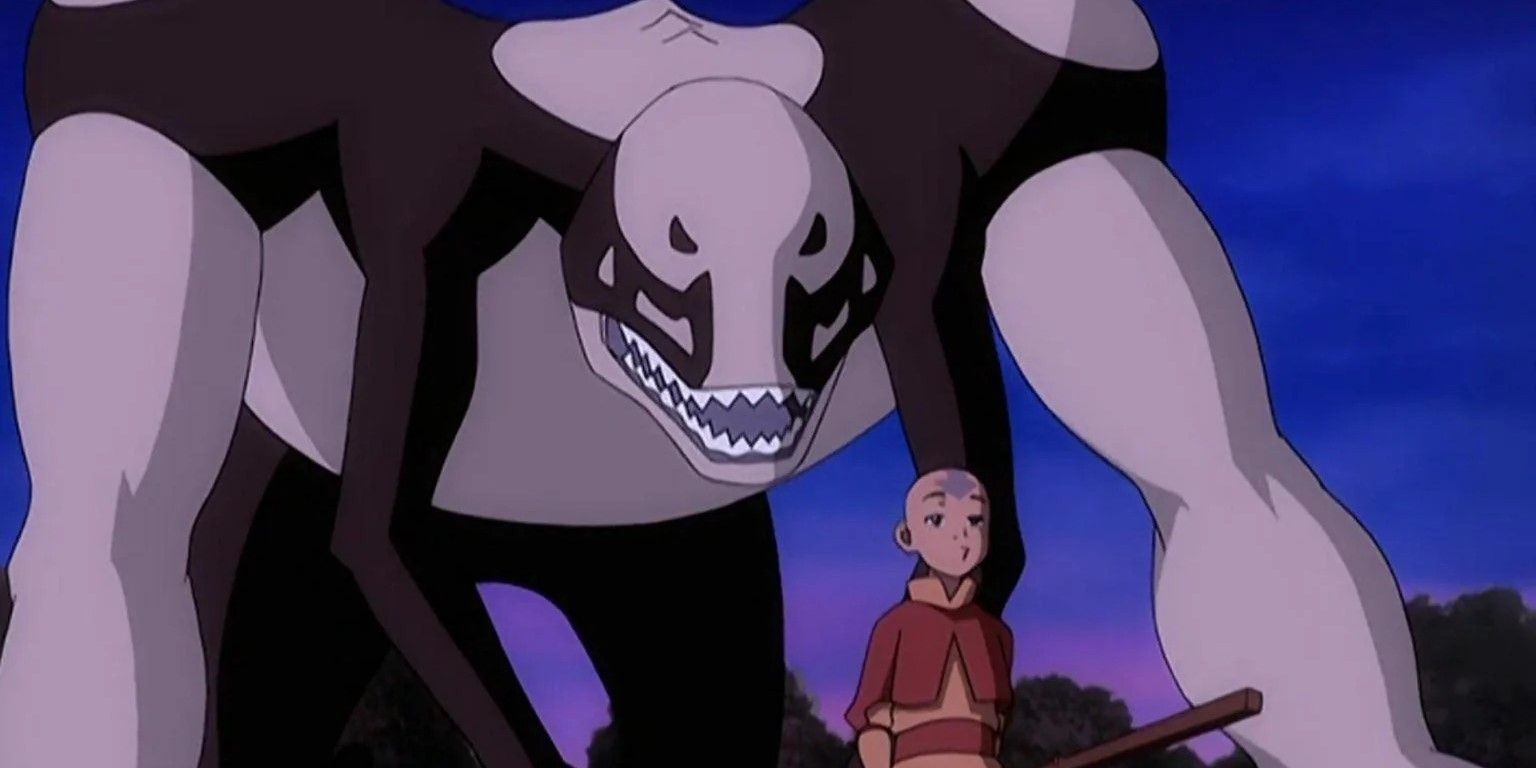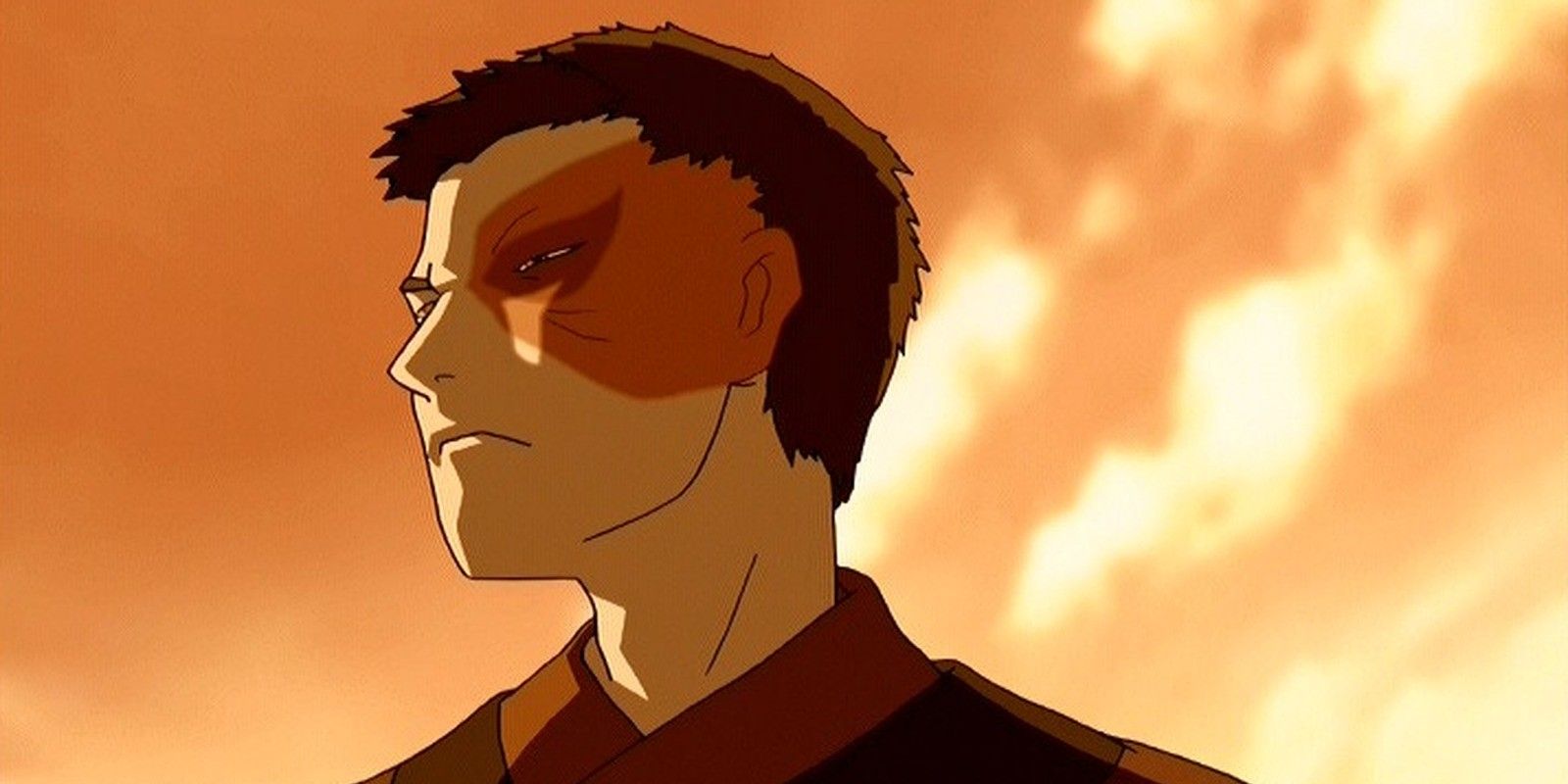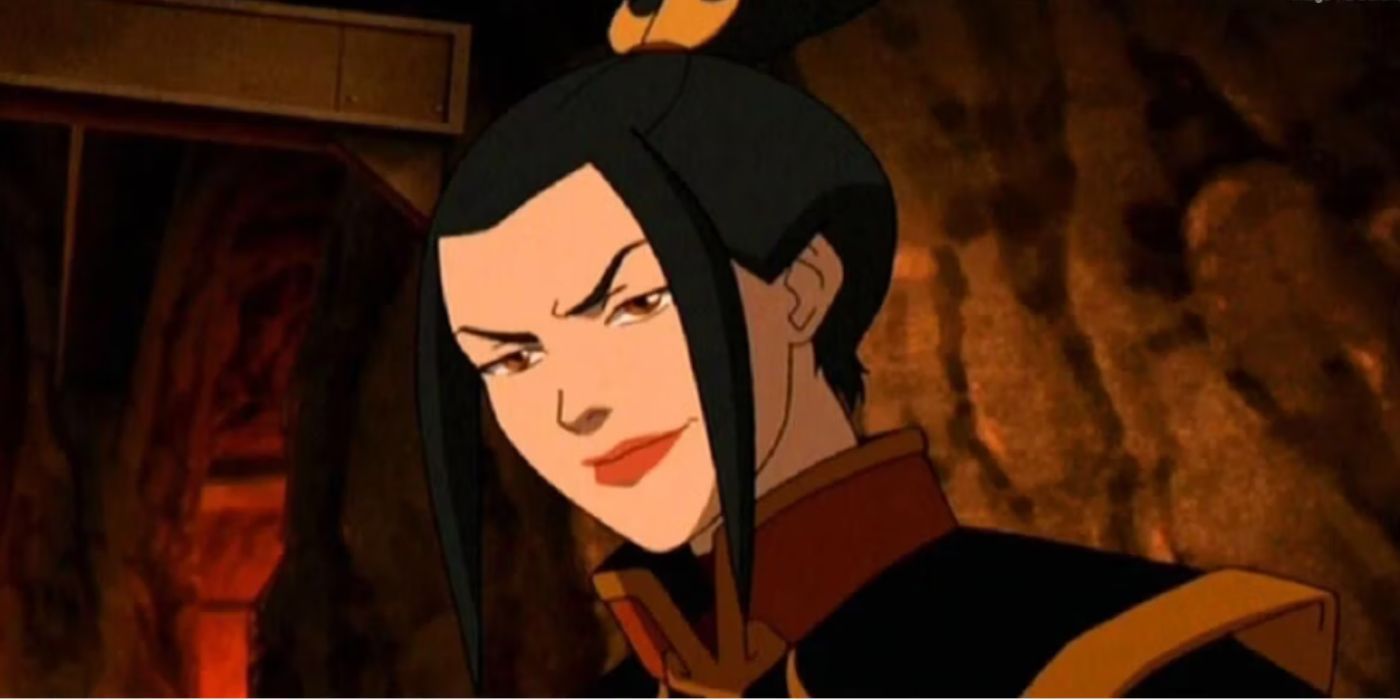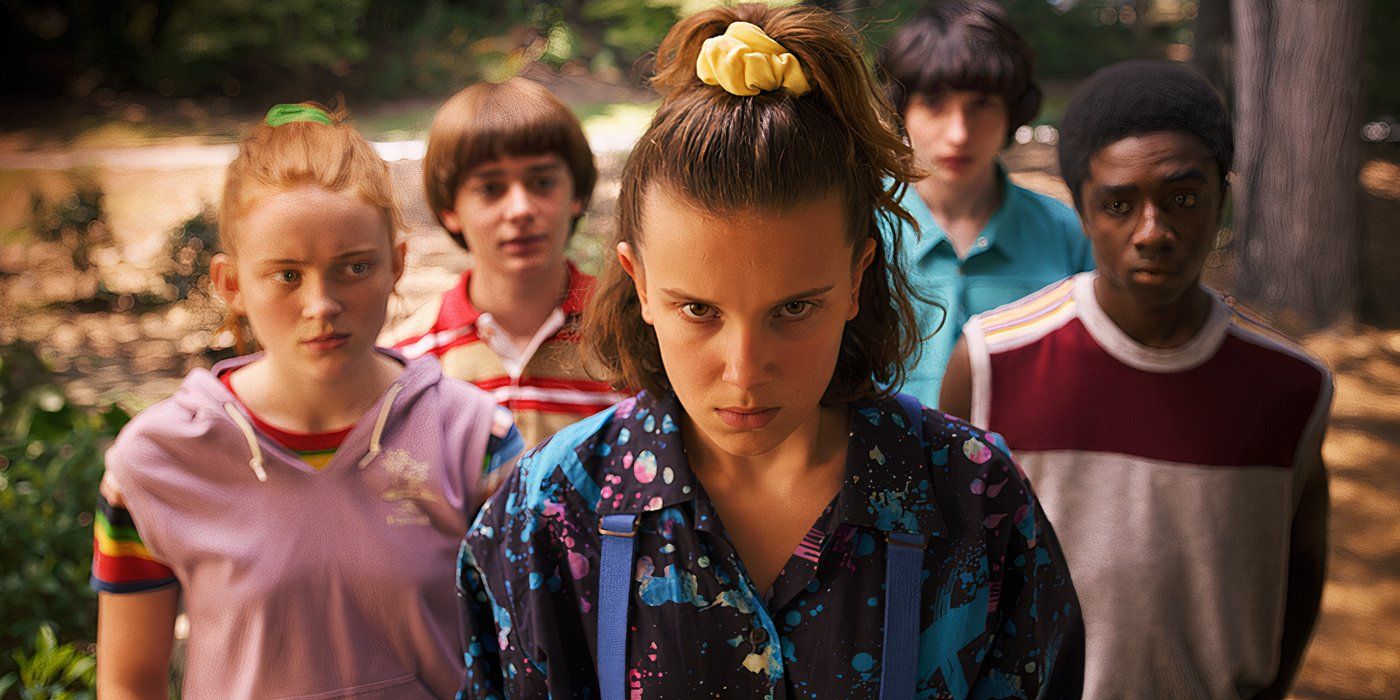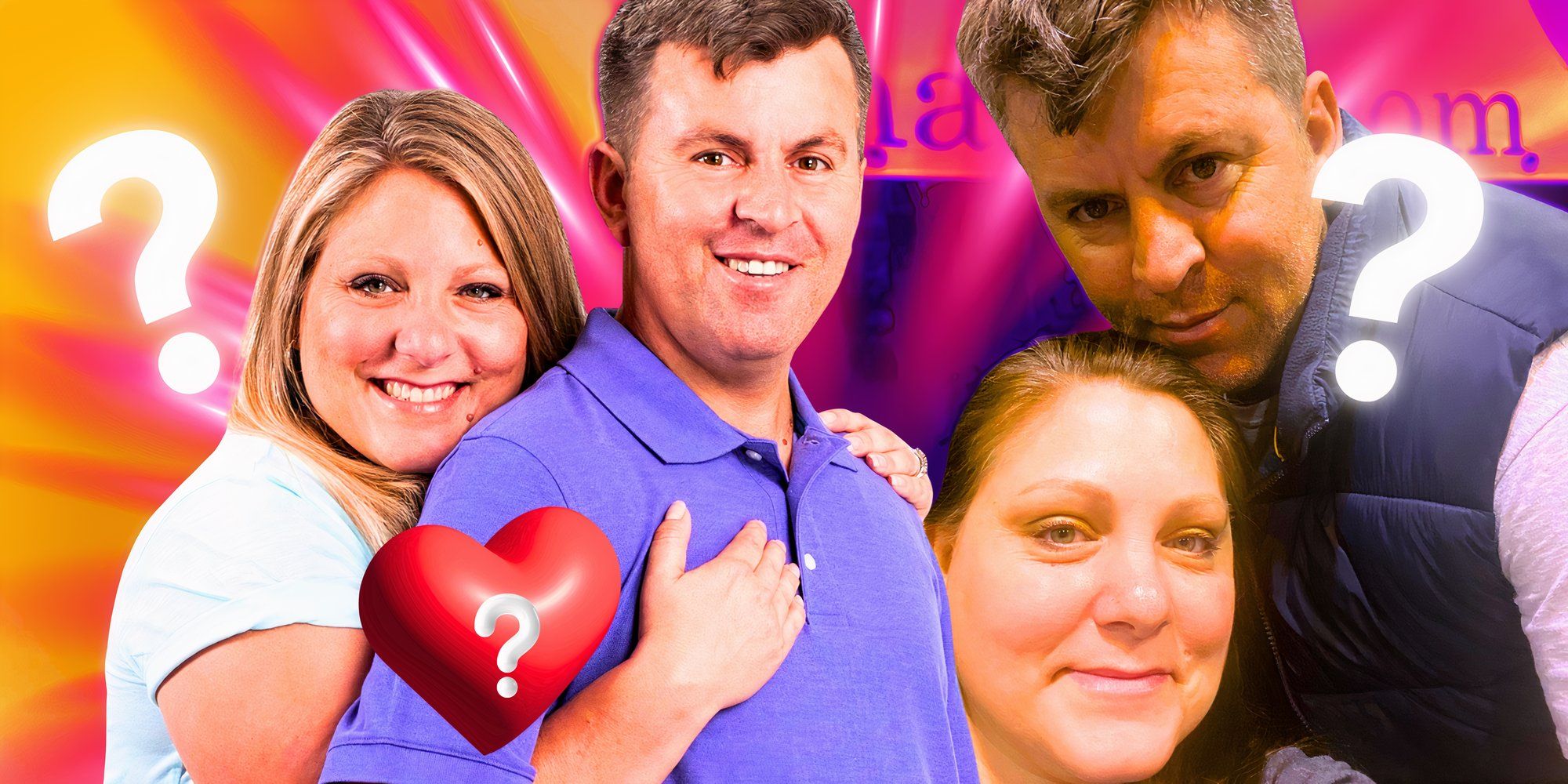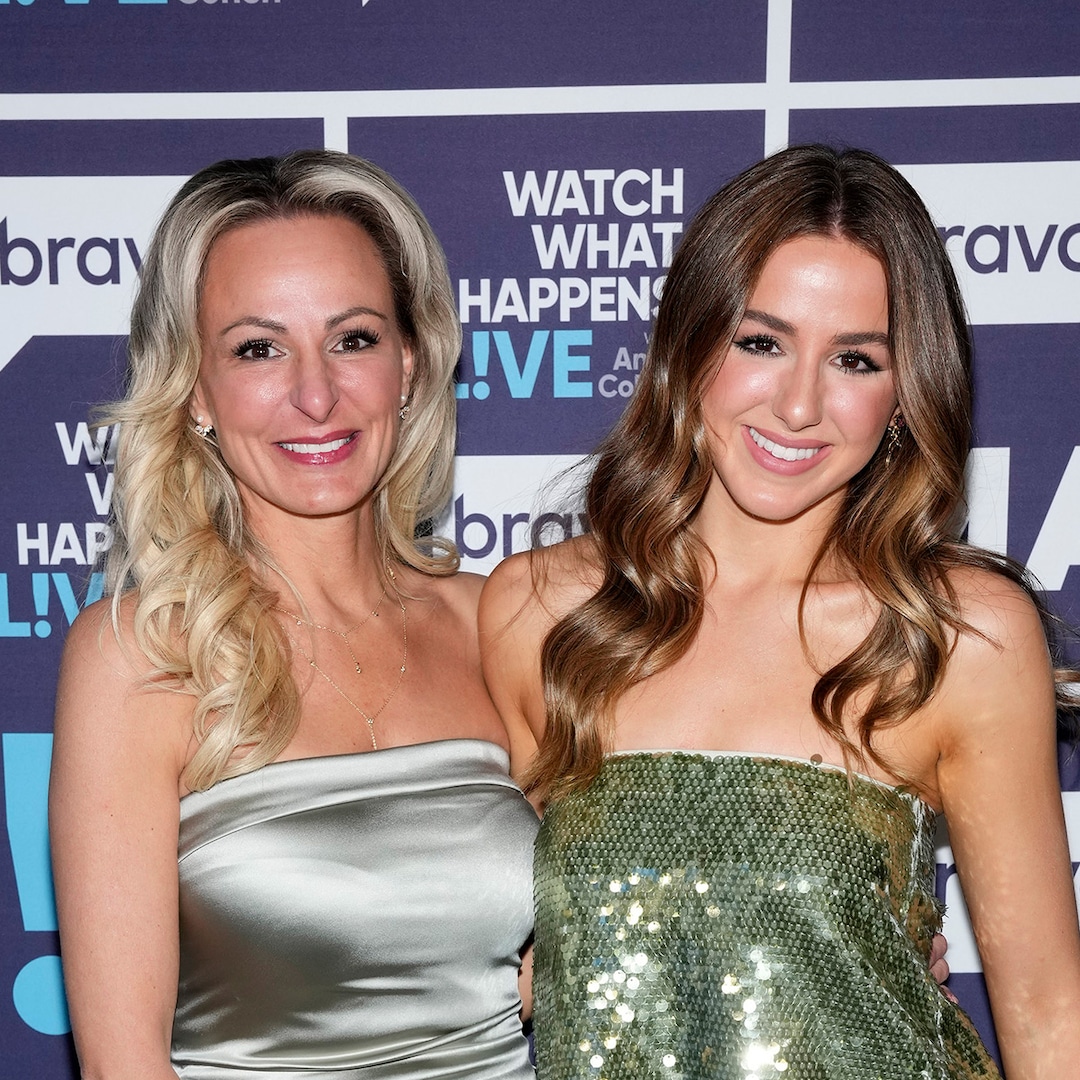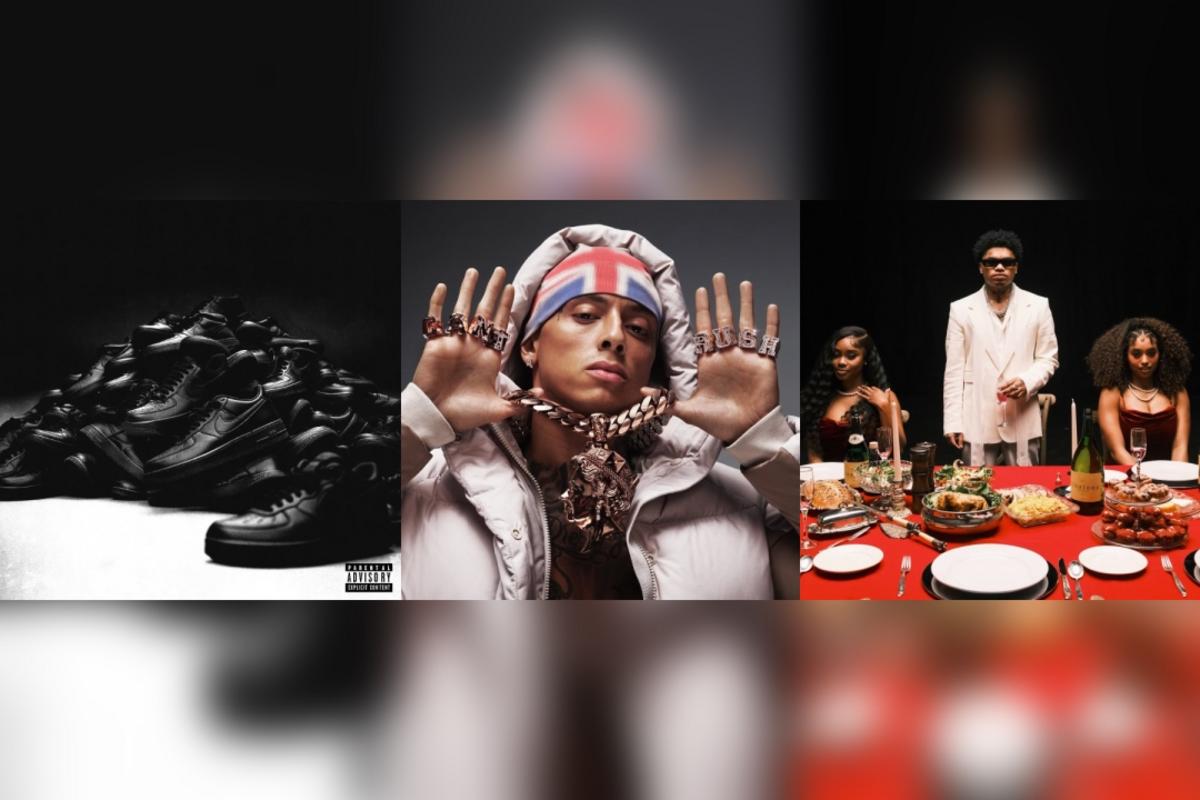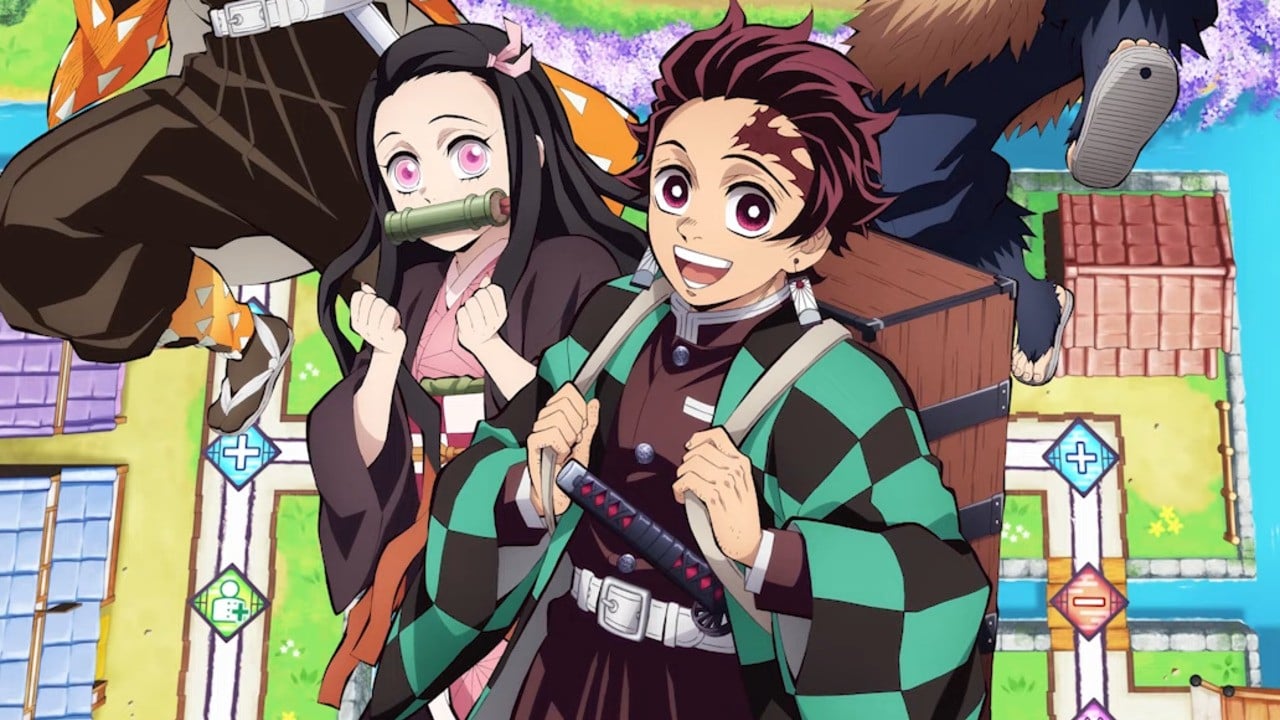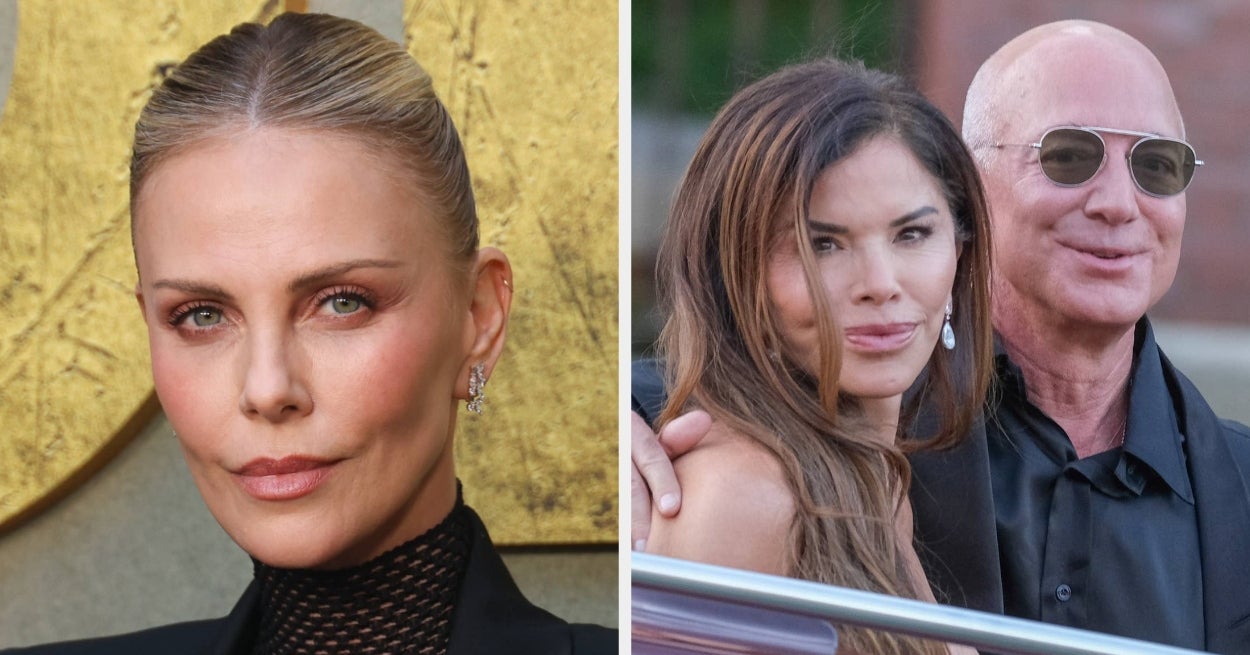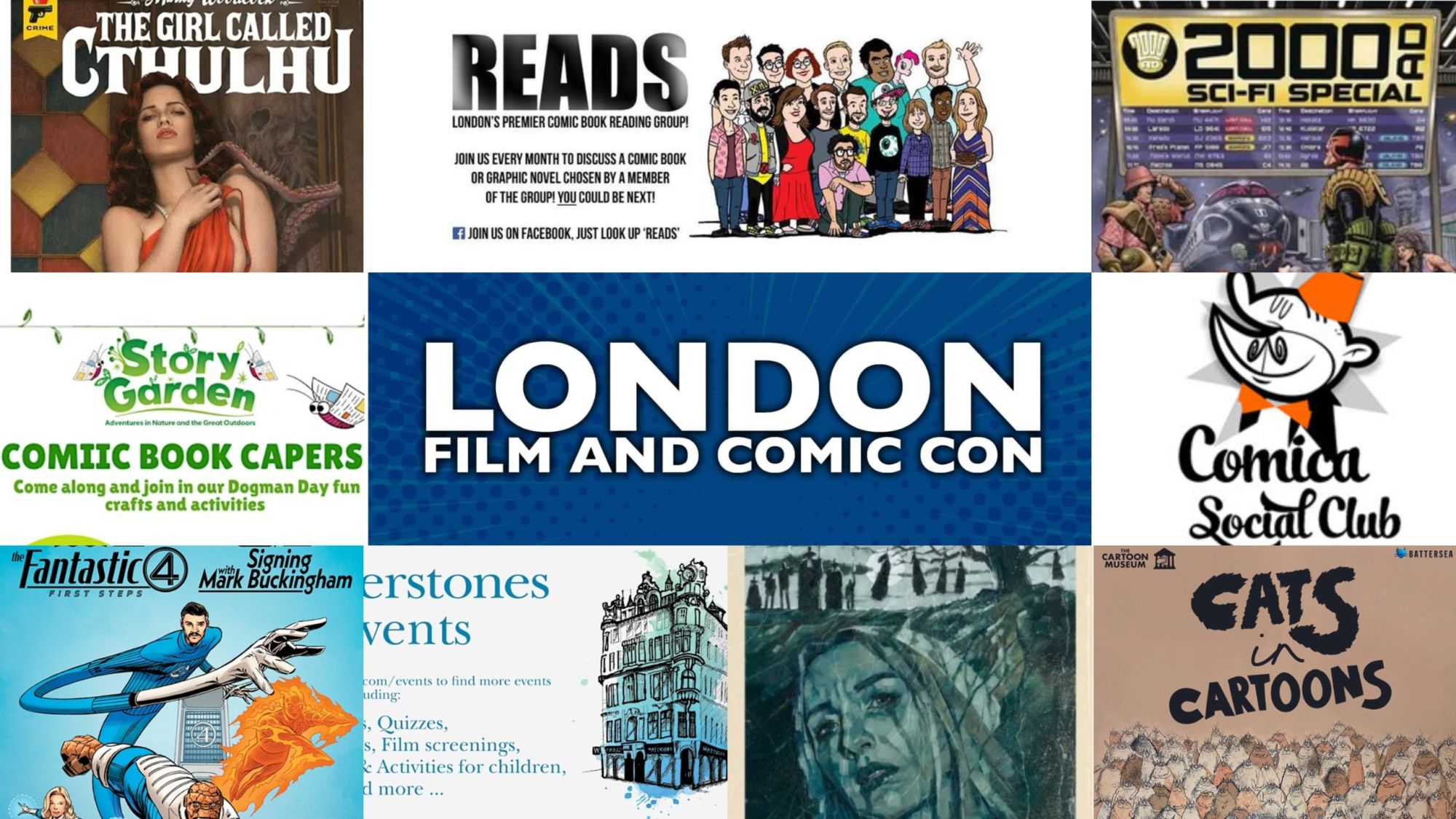Nickelodeon‘s Avatar: The Last Airbender is an animated classic with no shortage of conflict, as the show has more than enough heroic characters and bad guys to go around. Despite the Fire Nation’s goal of taking over the world, the episode’s antagonists range far beyond those who serve that ultimate goal. There’s Hama from the Southern Water Tribe, those Earth-Kingdom soldiers in “Zuko Alone,” and even beings from the Spirit World. Not every one of Team Avatar’s foes is equally interesting, of course. The man from season three who shoots enormous blasts out of his eye doesn’t even have dialogue, and he basically has just as much personality. That’s a sub-par villain, but most of the others throughout Avatar: The Last Airbender are more engrossing.
You don’t have to start off as a villain to be a good one, nor does a villain have to remain one in order to be among the series’ best. A great nemesis doesn’t necessarily have to be evil in their core, inclined to violence, or even share the worldview of the people they’re acting with. Some play on a certain side because that’s the situation they were born into (or were compelled into along the way), and Avatar does a great job of showing just how much one’s circumstances determine one’s path in life. Then there’s a character like Iroh, who feels too peaceful to truly be a villain—despite his role in helping Zuko find the Avatar in season one. Whether they appear in only one episode or act as recurring characters, the best antagonists in Avatar: The Last Airbender are ranked by their thematic weight, their level of nuance, how they set about achieving their goals, and the reason for why they’re acting against the series’ heroes in the first place.
10
Commander/Admiral Zhao
Voiced by Jason Isaacs
While Zuko is chasing the Avatar in season one, so is Commander (later Admiral) Zhao. Voiced by Jason Isaacs, he’s more or less a standard bad guy who has adopted the Fire Nation philosophy, orders his soldiers around, and gets really mad when things don’t work out. Unlike Zuko, he doesn’t have much of a backstory that might give him any inner conflict regarding his role in the Fire Nation. He did, however, used to have a famously wise and powerful master (Jeong Jeong), who told him that he lacked the patience to become a truly great bender.
This proves quite accurate, as Aang tricks him into burning his ships down and Zuko beats him at an Agni Kai. The most interesting thing about Zhao is that he visited a secret spirit library in the middle of a desert and used the information he found there to come up with a way to kill the moon and obliterate the water-benders’ abilities. This would not only affect Aang and friends when they visit the library themselves, but his plans would come to frightening fruition in the season one finale. In the end, Zhao was a decent adversary.
9
Firelord Ozai
Voiced by Mark Hamill
Firelord Ozai is just as evil as Zhao, but he’s obviously much more powerful and has an even cooler voice (thanks to Mark Hamill). There isn’t much nuance to him as a character, which is probably as it should be for the ultimate villain of a kids’ show. His main job for most of the series is to look intimidating, which he certainly accomplishes. What makes him special is how he adds nuance to Zuko and Azula’s characters, as he traumatizes the former and gives the latter a drive to succeed that essentially forfeits any ethical instincts.
This guy doesn’t mess around, as he challenged his own son to an Agni Kai for simply speaking out of turn during a meeting. Furthermore, even though Zuko refused to fight him, the Firelord would nonetheless severely burn the boy’s face so badly that it left a horrible scar. As if that weren’t bad enough, he then banished his son and told him not to return without the Avatar. Along with the way that he had his father killed for the throne, Ozai’s backstory more than makes up for his fairly generic personality.
8
Ty Lee
Voiced by Olivia Hack
Some villains bring suspense and foreboding, whereas others are more lighthearted. Ty Lee (Olivia Hack) has such a bubbly persona that she qualifies as someone who is consistently amusing to watch. She does a bunch of flips, makes jokes, flirts with Sokka while she’s fighting him, and is so good at combat that she can hit people’s pressure points such that their bending goes away. Her cheeriness serves as a nice contrast to Mai and Azula, who aren’t the friendliest of people.
Ty Lee is especially interesting because she doesn’t even want to fight in the first place. She’s a circus performer, and she only joins the search for the Avatar after Azula threatens her during her own performance. Ty Lee would eventually betray Azula when it seems she’s about to kill Mai, which speaks to her true character and loyalty to the friend who isn’t pure evil. Playful yet compelling characters like this help make Avatar one of the best Nicktoons of all time.
7
Mai
Voiced by Cricket Leigh
The emotional opposite of Ty Lee, Mai (Cricket Leigh), is either throwing an endless amount of darts and knives at people or sitting around bored. Not the sunniest character in the world, she naturally has a romantic history with Zuko. Indeed, when she’s with the Fire Nation prince, we see that she does have feelings. It’s interesting how we’re able to see the trajectory of their relationship so clearly (even from their childhood), and yet she’s only introduced in season two. It just goes to show how much a sharply written series can do with just a few excellent seasons.
Despite her demeanor, Mai can be a very funny character. When Azula comes to pick her up, she’s ready to go just so that she can have something to do. When our heroes sneak up on her and Ty Lee in the season two finale to free Bosco, all they need to do is disarm Ty Lee. Seeing that she’s outmatched, Mai sighs “Just take the bear.” It’s hilarious that she doesn’t even try to stop them. Then there’s her betrayal of Azula, making her one of the more complicated villains in the series.
6
Long Feng
Voiced by Clancy Brown
Clancy Brown has played such villains as Captain Hadley in The Shawshank Redemption and Lex Luthor in Superman: The Animated Series, so it’s no surprise that he knocks his Avatar role out of the park: Leader of the Dai Li, Long Feng. This guy has more or less been the shadow king of the Earth Kingdom stronghold Ba Sing Se, using the clueless Earth King as his puppet. The Dai Li is a secret police force that he uses to control the city, arresting and hypnotizing people into believing there is no war beyond the walls.
It takes a lot to force people not to speak of the war, given how General Iroh tried to break through relatively recently. Long Feng’s power makes our heroes’ time in Ba Sing Se ominous and fascinating to watch. The Dai Li is able to capture Appa, too. Despite his ability to rise in the ranks, however, Long Feng is ousted by Azula in one of the series’ greatest entries. Nevertheless, he was a solid villain with unique methods that were integral to season two’s atmosphere.
5
Hama
Voiced by Tress MacNeille
Season three’s “The Puppetmaster” makes it pretty obvious from the get-go that Hama (Tress MacNeille) shouldn’t be trusted. It only gets more apparent that this Southern Water Tribe native is the one responsible for local disappearances, and yet the how still remains a very intriguing mystery. As this old woman shows Katara different ways of finding water when there seems to be none around (drawing some from the air, taking some from plants), there’s a sinister hint of what’s to come.
Finally, Hama shows Katara a technique called blood-bending—which is both ingenious and scary. That she had no choice but to learn it in a Fire Nation prison is tragic, and her backstory shows how trauma and bitterness toward an oppressive power can turn someone into a monster. Though she’s eventually caught, Hama’s success at teaching Katara how to do it herself (even though Katara doesn’t want to know) proves to be one of this superb animated fantasy show‘s most unsettling endings. All the more significant that Katara would eventually use this technique in “The Southern Raiders,” making Hama much more than just a random villain.
4
Wan Shi Tong
Voiced by Héctor Elizondo
From “The Library,” Wan Shi Tong is the kind of antagonist who doesn’t start off as such. After Commander Zhao used his library for war, this giant owl has grown distrustful of people. Aang and the others are able to convince him that they’re here for nonviolent reasons, which is technically a lie. Stopping the Fire Nation from taking over the world is a noble cause, but this spirit librarian is aggressively pacifist. When he discovers that they’ve used his dwelling for military strategy, he buries his already well-hidden library so deep into the desert sands that no one will be able to find it again.
Let us appreciate this character’s gorgeous design. The juxtaposition between his black-feathered body and white face evokes the spirit world in a similar way that the Hei Bai, Moon, and Ocean spirits do. Meanwhile, that voice (courtesy of Héctor Elizondo) is both awe-inspiring and chilling. Strongly suggesting that we’re the villains, not him, Wan Shi Tong is the kind of one-episode character who helps make Avatar one of the best 2000s fantasy shows.
3
Hei Bai
Dee Bradley Baker
Worthy of a Hayao Miyazaki masterwork, the Hei Bai from season one’s “Winter Solstice, Part 1: The Spirit World” is a black and white spirit creature that comes out at sundown and destroys a village. It’s really angry, and Aang can do nothing to stop it—at least not with combat. Those blasts that come out of the Hei Bai’s mouth are terrifically rendered, and the overall design of this creature is intimidating in a way that kids can still handle.
What makes this antagonist great is the source of its anger. It turns out to be the spirit of the nearby forest, which has been largely burnt to a crisp. Early in the episode, Aang comes across a statue of a giant panda—setting up the reveal that the Hei Bai’s non-spiritual form is indeed a panda. Representing Mother Nature’s rage at deforestation, the Hei Bai conveys a message about our need to be kind to our environment (also worthy of Miyazaki). Overall, this villain’s attachment to real-world issues has helped Avatar capture viewers’ hearts years after the series ended.
2
Zuko
Voiced by Dante Basco
The angry Prince Zuko is the most conflicted villain in Avatar, to the point where he spends the majority of season two trying to figure out what kind of person he should be and the second half of season three on Aang’s side. Before he finally becomes a good guy, though, Zuko functions as an antagonist that the audience finds itself sympathizing with despite the young man’s method of regaining his honor. He is most consistently villainous in season one, but episodes like “The Blue Spirit” and “The Storm” showed that Zuko was much more complex than the average fire-bender even then.
The fact that he spends so much time trying to make his father proud when his father is the one who gave him that scar is particularly tragic, not to mention how he lost his mother years ago. At the same time, Zuko and his uncle Iroh can be just as funny together as dramatically resonant. Overall, Zuko’s character arc makes him arguably the best character in the show and certainly one of the best villains.
1
Azula
Voiced by Grey DeLisle
While Zhao is only around for season one, Princess Azula is such a mesmerizing villain that she remains a major player throughout seasons two and three. Her father tasks her with tricking her brother Zuko (or “Zoo Zoo,” as she calls him) into getting arrested, as well as hunting down the Avatar herself. Already a fire-bending master at the age of fourteen, Azula strikes fear into the hearts of everyone she encounters—even her friends, Mai and Ty Lee.
Her blue-colored flames and lighting bolts visually distinguish her from other fire-benders, and she is so good at strategizing that her trio conquers Ba Sing Se without a formal military conflict. Yet she’s still vulnerable. One of the most bizarre episodes in the series reveals that she’s inept in regular social settings, and her emotional breakdown at the end of the show conveys how she’s just as much a victim of her upbringing as her brother. Watching her mother speak to her in the mirror is deeply sad, and Azula’s final scene cements her as one of the most psychologically engaging villains in animation history.

